MillerCoors Golden Brewery Tour offers self-guided tours of the world’s largest single-site brewery located in Golden, Colorado about 15 miles west of downtown Denver.
The brewery has a capacity of 22 million barrels of beer and a barrel of beer is 31 gallons. That means a barrel of beer can fill about 330 bottles or cans of 12 oz. beers. The brewery production capacity is something like 7 billion beers a year. And I drank three of those 7 billion beers during the tour.
You must be 21 years of age to tour the brewery and have beer samples, although children are apparently welcome (see comments) as long as you don’t share your beer with the minors. And if you are in a hurry, you can rush through all the brewery educational displays and just focus on the free beer samples at the end of the tour.
Hey, I am admittedly a beer snob. While I am highly unlikely to drink a Coors or Coors Light beer if there are other options, I was surprised to learn that the brewery makes some lesser known beer brands that I can honestly recommend to people who like more flavorful and hoppy beers.
The Coors Brewery Complex visitor entrance.
This was the second stop on our TBEX Beer Road Rally and the brewery tour space did not have many other visitors at 10am on a Friday morning.
The ingredients of pure beer.
Hops give beer a bitter flavor. The acids in hops also help stabilize beer by acting as an anti-microbial agent.
Personally, I prefer European Noble hop varieties due to the lower acid levels than most American hops. Thirty years of drinking beer has made me less tolerant of high acid Cascade hop beer common to American microbrew beers.
Hops grow in climbing vines. Most hops in the US are grown in the Cascade Mountain region valleys of Oregon and Washington. Sonoma County in California used to be a major hop growing region in the mid-20th century, but I think wine grape production turned out to be more profitable and replaced the hops.
Barley is the other key ingredient for beer.
The German beer purity law from 1516 limited beer ingredients to water, hops and barley. The rationale was to keep cereal grains like wheat and rye reserved for bakers and prevent price competition for grains between bakeries and brewers. Coors Golden Brewery uses 500 tons of barley per day.
One of the interesting facts I heard on the tour is the used barley and grains at the brewery is sold off for cattle feed. In high snow winters the brewery donates used corn grain mash to feed wildlife in the Rockies when there are low food sources. This was a statement made by the brewery tour guide for our group, but interestingly this article from the Denver Post states Coors did not respond to their request for an article on beer mash recycling.
In the US other cereal grains like corn and rice are often used for beer flavor. These grains are far cheaper than barley.
The process of beer making is relatively simple. Producing a consistent flavor is the challenge, especially when production is large scale industrial production of a lager beer like Coors and Coors Light. Slight flavor differences between batches of brew are not a major issue in a microbrewery, but when you have a global product like Coors, then any variation in flavor is a major issue for a global product. While I might not care for the flavor of Coors, I respect the quality control processes in place to produce a consistent flavor over billions of beers produced annually.
One of the travel writers in my tour group commented on how the smell of fermenting mash is an enjoyable sensation. The aroma brought back memories of my homebrew days. Each kettle shown here holds 600 barrels.
Each brewery in Germany historically had a unique heraldic lion with a distinct tail. Here is the lion herald for Coors.
From 1985 to 1989 I worked in a dairy food processing quality control laboratory in Sacramento, California while I earned my B.S. degree in fermentation science from the University of California, Davis. Many of my classmates went to work in California wineries and the Anheuser-Busch Brewery in Fairfield, California.
Coors Brewery has over 200 quality taste testers. Sounds like a great job – right? I was a quality control taster for ice cream for several years. I couldn’t eat ice cream for a decade after that job. I am glad I didn’t have a taster job at a brewery.
The bottling line at Coors Golden Brewery.
Over the years the packaging of Coors has changed.
Here are examples of 21st century beer packaging.
And finally we made it to the tasting room.
Batch 19 and Colorado Native were two beers I think I could drink all day. I particularly enjoyed Batch 19 pre-prohibition style lager beer. The recipe for Batch 19 was discovered in 2004 in the Coors Brewery archives for a beer style produced prior to Prohibition in 1919. Batch 19 beer won the Silver Medal at the 2009 Great American Beer Festival.
Of the 1,568 breweries in the U.S. operating in 1910, only 750 reopened after 1933 when the Prohibition Act was repealed. In Colorado the sale of beer was illegal from 1916 to 1934.
The Coors family business survived the 18 years of Prohibition by producing porcelain cooking ware and scientific equipment in Golden, Colorado. The brewing kettles were used to make malted milk and other food products.
Coors Light is currently the #2 beer by sales the U.S. at 18.2 million barrels for 2011. Bud Light is #1.
At least there is still real craft beer being brewed for beer connoisseurs at the world’s largest single-site brewery.
Thanks to the great group leader representatives of the Colorado Tourism Office for this TBEX 2012 Beer Road Rally.
Ric Garrido, writer and content owner of Loyalty Traveler, shares news and views on hotels, hotel loyalty programs and vacation destinations for frequent guests. You can follow Loyalty Traveler on Twitter and Facebook and RSS feed.






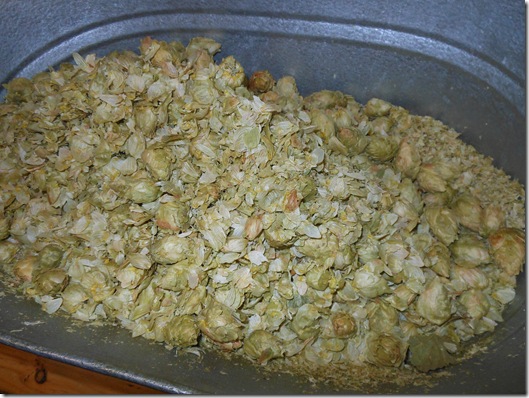
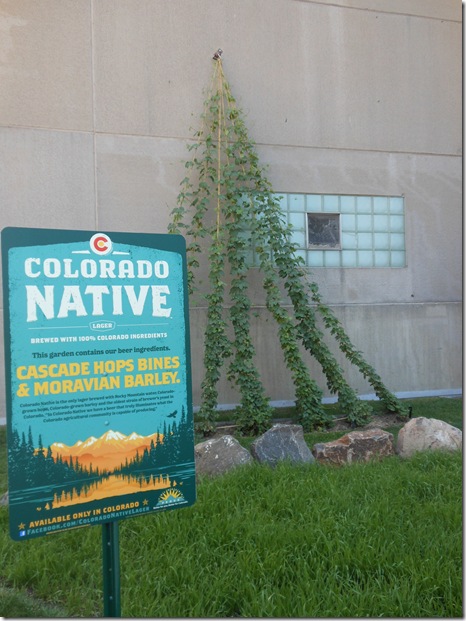
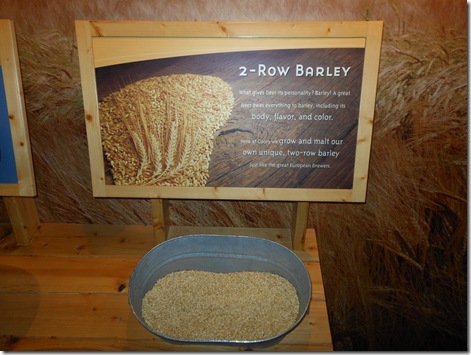
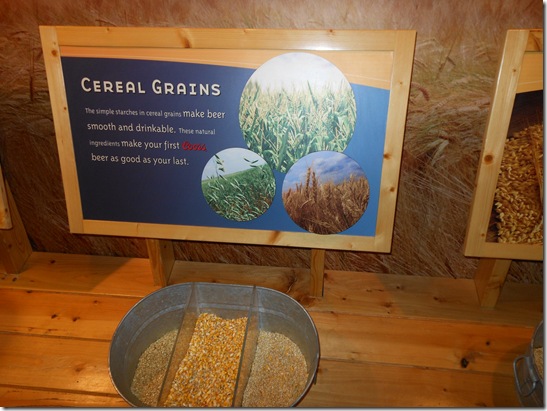
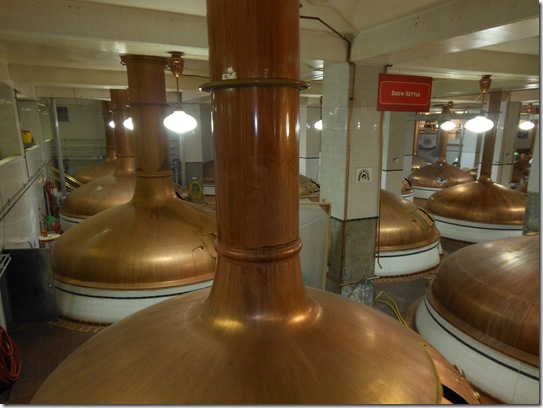
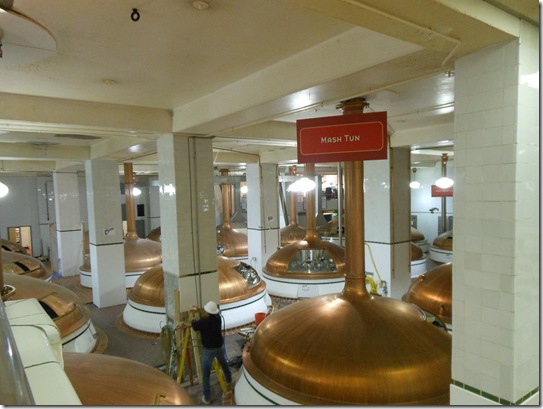
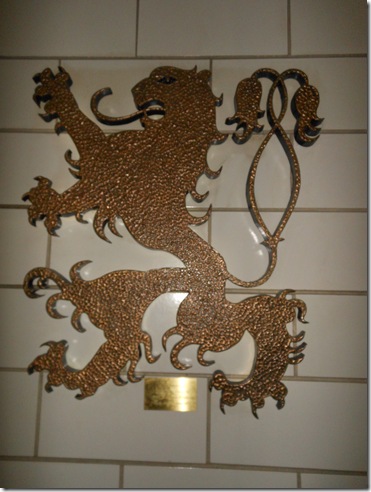
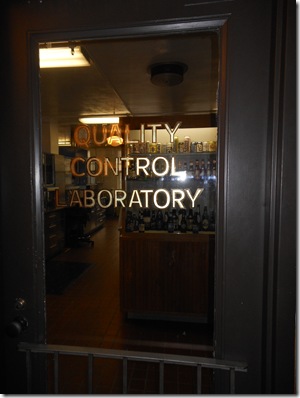

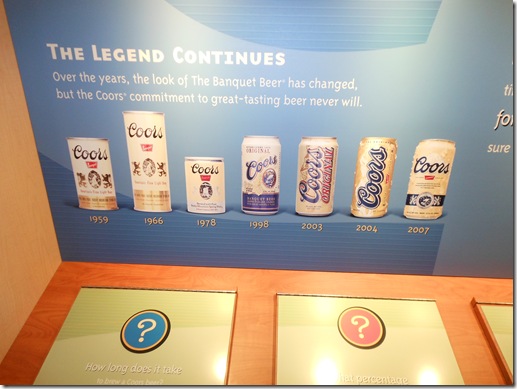
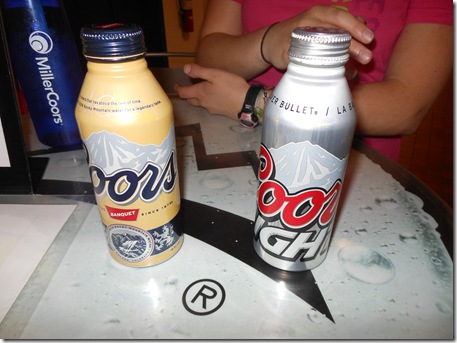
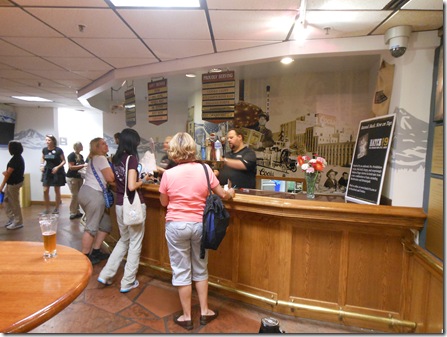
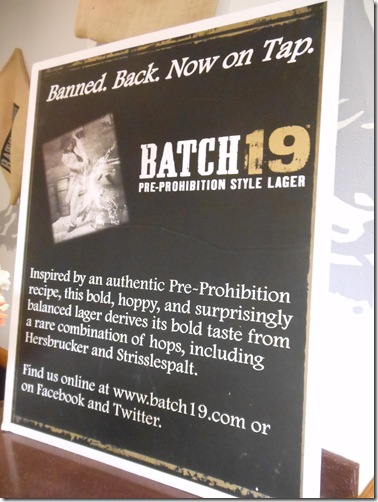

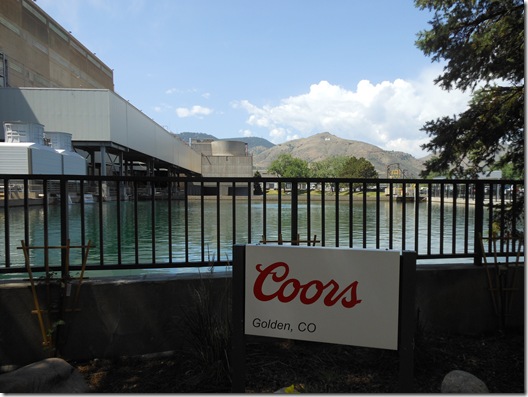
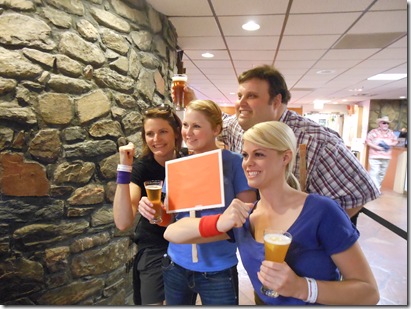
6 Comments
Comments are closed.